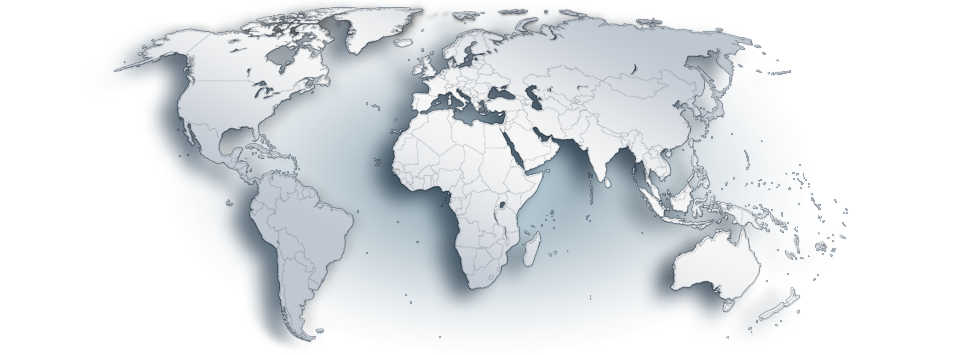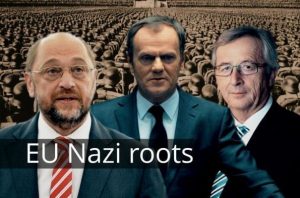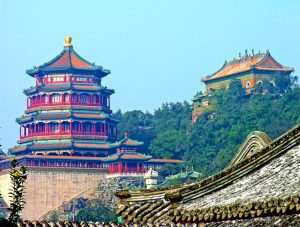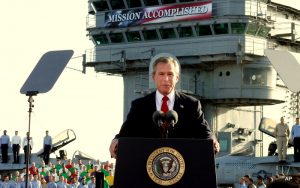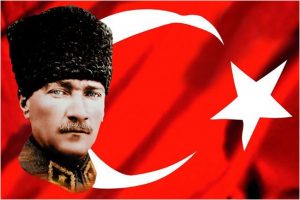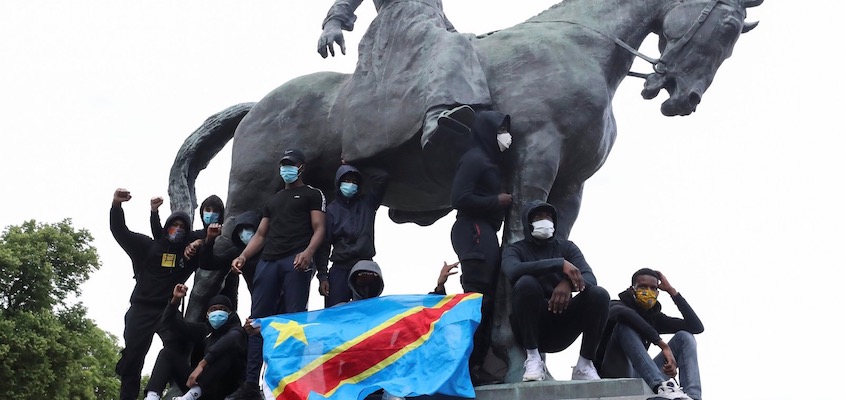
Views: 1069
Protesters have called for all statues of the former imperial ruler to be removed in recognition of his massacres in the Congo.
As 10,000 people took to the streets of Brussels on Sunday (7 June) to protest as part of the Black Lives Matter movement, there was one landmark which drew their ire more than any other: the equestrian statue of King Leopold II outside Belgium’s royal palace.
“Murderer!” the protesters cried as they climbed the statue and waved the flag of the Democratic Republic of Congo. Had the statue been flimsy enough to pull down they would have done it, just as fellow BLM protesters toppled Edward Colston’s statue across the channel in Bristol. Estimates vary, but the consensus figure is that 10 million Africans were killed during Leopold’s brutal reign (1885-1908) in his ironically named Congo Free State.
The global BLM movement has sparked renewed calls for the 14 statues of Leopold scattered throughout Belgium to be taken down (as one in Antwerp has been) and the many places named after him to be renamed. A petition to remove the most egregious monument in the seaside town of Ostende, which depicts a group of Congolese people kneeling below Leopold in “gratitude”, has attracted 65,000 signatures in a week. In 2004, activists cut off the hand of one of the Africans – the act Belgian soldiers inflicted on Africans who hadn’t met their rubber quota. (Protesters have promised to return it if the current king acknowledges the imperial atrocities.)
Leopold and Colston were not contemporaries, but they both did deep and lasting damage to Africans. And their legacy, now in focus as never before, is complicated by their pivotal role in building their modern cities and countries.
As his name might suggest, Leopold II was the second king of Belgium, and by far its most important. His 44-year reign coincided with that of his cousin, Queen Victoria. Many historians believe that without his shrewd diplomacy during the Franco-Prussian wars, Belgium would not exist today. Known as the “builder king”, Leopolad’s grand projects shape the Brussels skyline: he built the Cinquantenaire Arch next to the EU Commission building, along with the unmissable National Basilica in the west, and he put the gaudy finishing touches to the gargantuan Justice Palace, whose gold dome can be seen across the city.
The dark secret behind these buildings is that they were built with Congo blood money. Leopold II was determined to make Belgium a European power player, and he was obsessed with acquiring overseas colonies. “I do not want to miss a good chance of getting us a slice of this magnificent African cake,” he once remarked.
Leopold got his opportunity with the 1884 Berlin Conference. He promised to create a free state which improved the lives of the native inhabitants, and was awarded an area 76 times the size of Belgium as his personal property. Unlike the other African colonies, this one belonged to a man rather than a state.
Leopold quickly showed he had no intention of improving the lives of Africans and set about establishing a brutal, exploitative regime presided over by the murderous gendarmerie and military force, Force Publique (an army and police force). He amassed an exorbitant personal fortune from the exploitation of ivory and later rubber. Much of this money was used to fuel Belgium’s rapid industrialisation, but Leopold also spent plenty on himself and lavish gifts for his mistress, a 16-year-old French prostitute.
Leopold’s attitude toward Africans was little different from those of his fellow imperial rulers and family members. But his nakedly ruthless rule, and his failure to honour the artifice of “improving” the continent, risked exposing colonialism for what it was. In the early 1900s the great powers turned against him, and their newspapers began running stories about the Congo atrocities. The pressure built to such an extent that the Belgian parliament stripped the colony from the king and assumed control. Leopold died a year later, in 1909. His funeral procession was booed by the Belgian crowd, such was the outrage at the time.
But it didn’t take long for the Congo atrocities to fade from the world’s memory. For obvious reasons, the British and other colonial powers were reluctant to continue highlighting the mistreatment of Africans. The Belgian statues to Leopold were erected in the decades that followed at the instigation of his nephew King Albert I. Many were built in the 1930s, a time when the very existence of Belgium was being challenged after the country’s devastation in the First World War. The Belgian government created a mythology around Leopold II, erasing the public memory of the Congo atrocities and replacing it with a narrative of a benevolent king who brought glory to Belgium.
The subject of the Congo atrocities remained unexamined, both in Belgium and the world, until Adam Hochschild’s book King Leopold’s Ghost in 1999. Belgian politicians reacted furiously to the book, which detailed what had happened using contemporaneous accounts. In 2010, the former Belgian foreign minister Louis Michel, the father of future prime minister and present EU Council president Charles Michel, called Leopold “a hero with ambitions for a small country like Belgium” and described the Congo stories as “exaggerations”.
For the past 20 years, the debate has periodically recurred. But the statues remain, and the subject is still glossed over in Belgian schools. Many Belgians remain reluctant to confront the truth about the king that shaped their country; it would be akin to the British acknowledging the atrocities committed by Queen Victoria. And some allege that the historic accounts used for Hochschild’s book were purposefully exaggerated by British media in order to banish the Congo Free State.
As with Colston, there were two Leopolds – one at home and one abroad. There was Belgium’s “builder king” who gave the public grand buildings and a higher standard of living, and kept Belgium independent. And then there was the Congo’s “despot king” who worked Africans to death and destroyed a land he never even visited. It is unsurprising that many Belgians don’t want to contemplate how much of their wealth originated from horrific exploitation over a century ago. The same can be said of many in the UK.
Originally published on 2020-06-09
About the author: Dave Keating is a Brussels-based journalist covering EU politics
Source: NewStatesman
Origins of images: Facebook, Twitter, Wikimedia, Wikipedia, Flickr, Google, Imageinjection, Public Domain & Pinterest.
Read our Disclaimer/Legal Statement!
Donate to Support Us
We would like to ask you to consider a small donation to help our team keep working. We accept no advertising and rely only on you, our readers, to keep us digging the truth on history, global politics, and international relations.
FOLLOW US ON OUR SOCIAL PLATFORMS